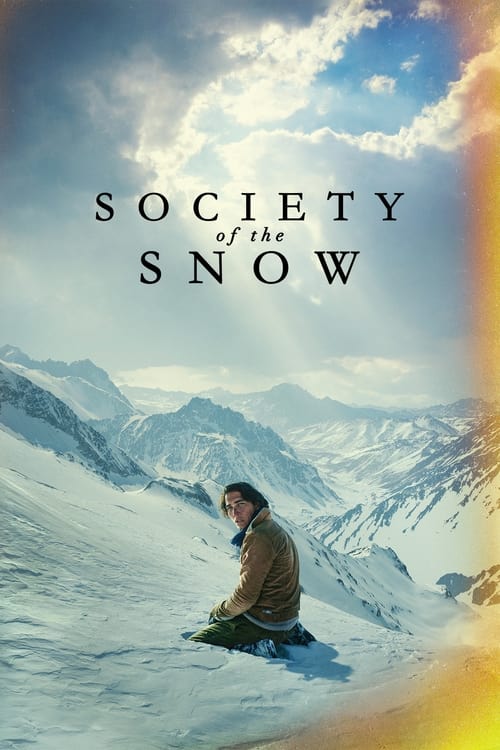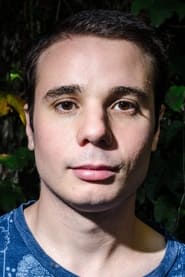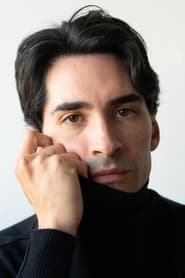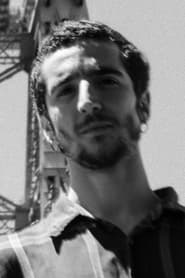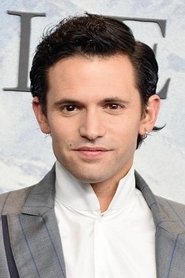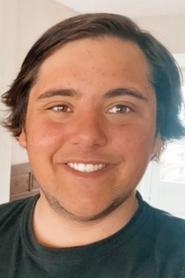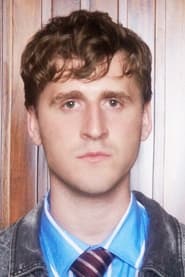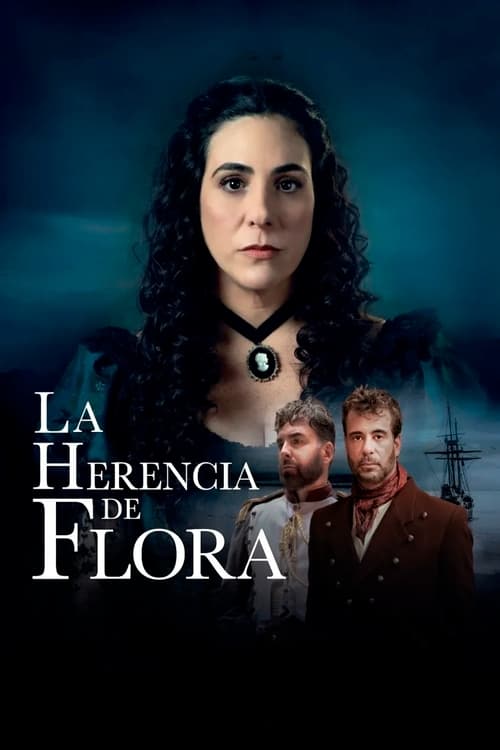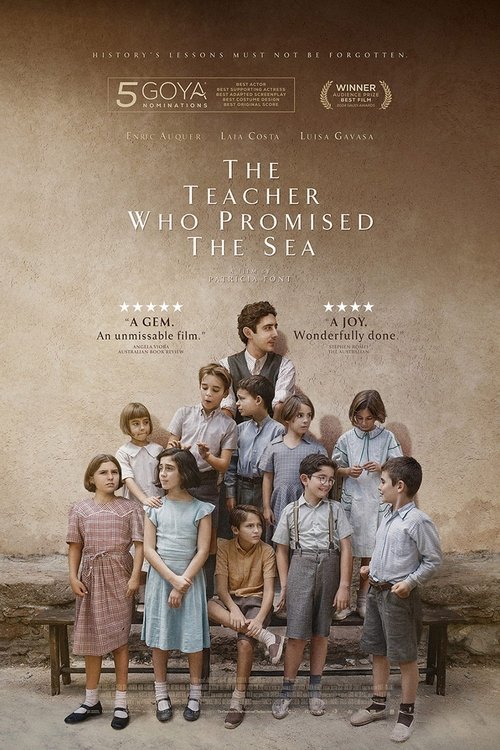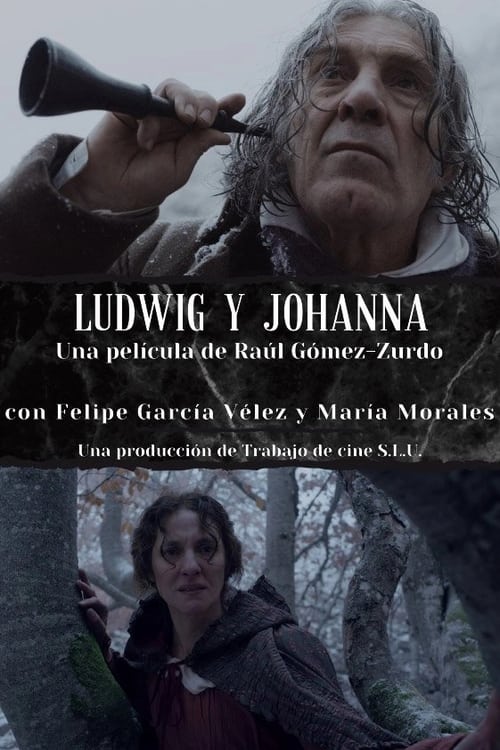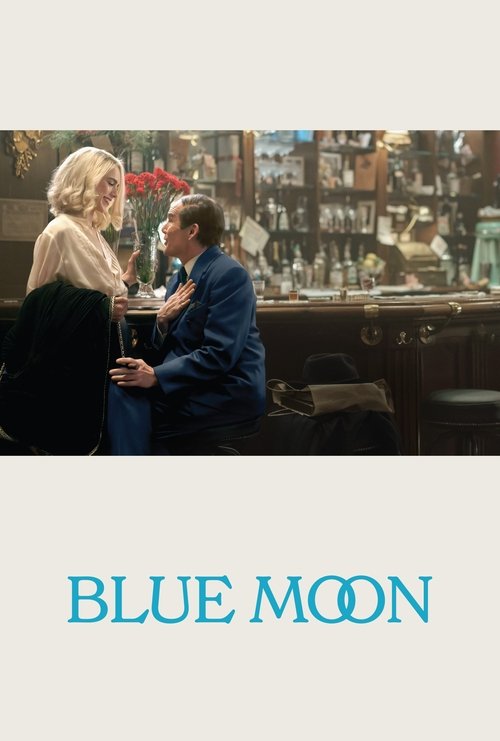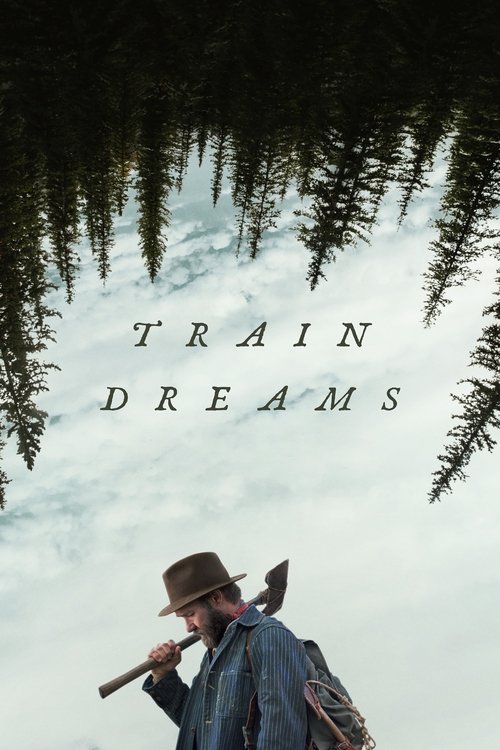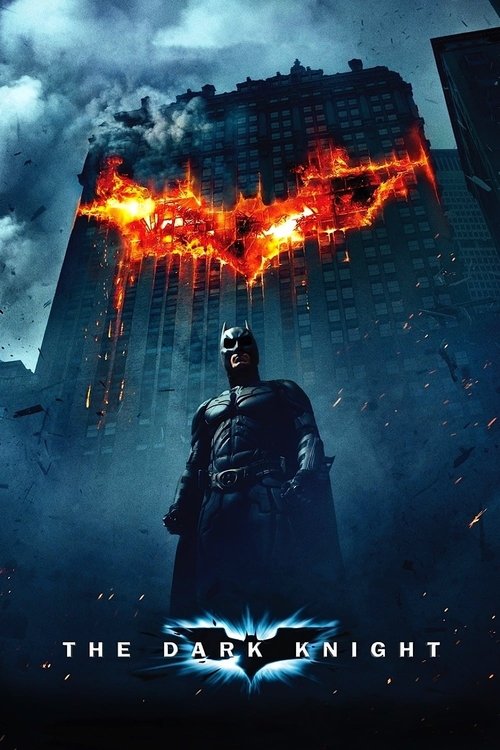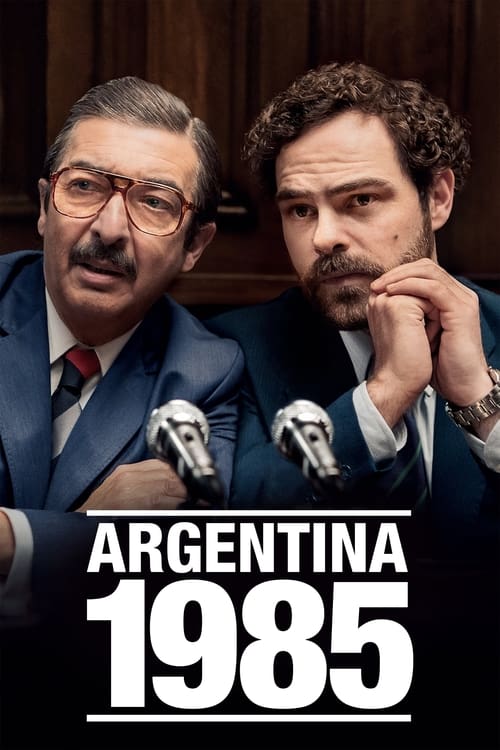
Ask Your Own Question
What is the plot?
The film opens in Montevideo in October 1972 with the Old Christians Club rugby team finishing a bruising match. Young Roberto charges with the ball through the opposition, ignores the captain's barked orders and goes down under a heavy tackle; the team loses. In the locker room the mood changes to anticipation rather than defeat: the players treat their upcoming flight to Santiago, Chile, for another match as an adventure. Teammates joke, take photographs and load their gear for the short trip. The roster for the flight includes nineteen players from the Old Christians Club among the forty people boarding a Uruguayan Air Force plane, and the men aboard include Numa, Fernando "Nando" Parrado, Gustavo, Daniel Fernández Strauch, Alfredo "Pancho" Delgado, Carlitos Páez, Adolfo "Fito" Strauch and others; the group also contains family members such as Susana, Nando's sister.
The aircraft departs Uruguay and flies toward the Andes. At first the travel proceeds normally; passengers smile, pose for photographs and share jokes. As the plane approaches the mountain range, a violent storm rises. Turbulence intensifies and the pilots attempt to avoid the peaks by diverting their course. Visibility collapses under snow and wind. The crew loses control as the fuselage strikes the mountain slopes; the plane breaks apart on impact and splits into two sections. The crash occurs on October 13, 1972.
Immediately after the collision twelve passengers are dead from the impact and the wreckage lies scattered across a desolate, high-elevation slope blanketed in snow. The pilot survives the initial crash but succumbs to his injuries shortly thereafter, and with his death the aircraft's radio ceases to function. Survivors from the Old Christians Club and other passengers gather in and around the intact section of the fuselage that offers the best shelter. They drag bodies from the twisted metal, lay the dead out on the snow and attempt to recover anything useful from the mangled airplane. They clean the interior as best they can, salvage clothing and small belongings, and create a crude refuge inside the broken fuselage.
As night falls ambient temperatures plummet. The survivors huddle together and press their frozen bodies against the corpses of those who died, using the dead as insulation because the cold is immediately lethal. They pile bodies to block wind and derive heat. Injuries from the crash--broken bones, deep lacerations, internal trauma--compound the brutal cold. They attempt to restart the pilot's radio and to operate other electrical equipment salvaged from the cabin, but with the pilot dead there is no power source and the communications equipment remains inoperable.
Search operations begin on the ground and in the air; news reports in Montevideo note the missing flight. The survivors hear the distant thrum of search planes overhead and see them pass unerringly without locating the crash site. Heavy snowfall and the vast, featureless white of the mountains conceal the wreckage. Days pass without a successful rescue. Food supplies from the plane--snacks, a few provisions--run out quickly. The group faces dehydration, frostbite, and hunger. Men whose injuries seem minor weaken rapidly as heat loss and malnutrition set in.
On the eighth day after the crash Susana, Nando's sister, dies. The film shows her body giving up to exposure and the group dealing with the new dead: they carry her from inside the fuselage, lay her on the snow and confront the question of survival without outsiders' help. As the death toll rises from cold, injuries and infection, the survivors confront an agonizing decision. In a candid meeting they consent collectively that, should any of them die, the others will consume the flesh of the dead to survive. They erect this agreement as a practical pact rather than an act of hatred; they discuss who will perform the task and how to distribute what remains. The Strauch cousins, including Adolfo "Fito" Strauch and his relative Daniel Fernández Strauch, lead parts of this discussion and push for an organized approach to using the bodies to stay alive.
The survivors remove corpses' clothing for warmth and, when hunger becomes unendurable, cut flesh from the dead for food. The camera follows hands preparing pieces of meat and small portions being eaten under the pale light of the Andes. The men react with nausea, guilt and pragmatism; some close their eyes, others refuse initially, but the group's consensus closes the matter and the practice begins. The ritual is methodical: patients who die are carried out, laid on the snow, and portions of their bodies are used to sustain the living.
In addition to hunger, infection becomes lethal. Several survivors develop wounds that fester in the cold; skin peels under extreme conditions and open wounds freeze and then inflame when the weather shifts. They attempt to clean and bandage injuries with cloth from clothing and seat covers, use melted snow for water and try to keep open wounds from freezing. The lack of antibiotics and sterile equipment makes infection common; men who had not died in the crash now succumb to gangrene and sepsis.
At one point the group fashions a makeshift radio from scavenged electronics--parts stripped from the wreckage and jury-rigged into a receiver. They send out a signal and listen for responses. The device picks up news and transmissions that deliver a crushing blow: authorities have suspended the official search. The improvised receiver conveys that planes and ground teams have given up the hunt given the difficulty of locating a crash site and the heavy snowfall. The survivors hear, through the scratchy signal, that the rescue has been abandoned. This revelation plunges many into despair; they must accept that no one will come to them and that their survival depends solely on their own actions.
Winter arrives in full force and an avalanche buries much of the fuselage and the makeshift camp. Snow collapses against the wreckage and the weight crushes sections of their shelter. A number of survivors are trapped underneath the new snow and perish. The film shows men digging furiously, tearing at frozen canvas and metal, but the avalanche claims lives; the camera lingers on grim, specific moments of defeat as the group carves out a new interior and counts lost friends. The name of every victim is not always spoken aloud, but the result is clear: several more passengers die as a direct consequence of the avalanche's force.
Faced with dwindling numbers and confidence that delay will kill them, the survivors plan an overland trek to find help. Four of the strongest--Roberto, Nando Parrado, Tintín and Numa--volunteer to probe eastward toward the occupied valleys below the mountains. They gather what minimal equipment they can: a pair of skis, ropes, a small pack of supplies taken from the wreck's tail section where additional cargo remains. They set off across the ice and wind, making short, guarded steps through storm-swept passes. The journey strains their bodies; blisters and frost-bitten feet hamper each stride. On the trek Numa's foot becomes badly infected. He develops a worsening wound that swells and darkens; any attempt to go on would doom him. Numa refuses to burden the others and makes the painful choice to turn back to the fuselage to remain with the remaining survivors. He takes a route back down, and the three others press forward.
Roberto, Nando and Tintín continue until they locate the tail of the airplane--a detached portion that contains supplies, clothing and some food. They salvage what they can: canned goods, wiring, parts that might aid navigation or signal rescuers. After gathering the materials they walk back toward the survivors, arriving with the newly retrieved resources and a precise report of their route. They distribute the scarce items and the group recuperates its spirits.
Time moves forward. By November 29 the account notes seventeen survivors remain alive. The men and whatever family members survive huddle, tend the injured and ration the salvaged provisions. They sustain their huddle through the long cold while the landscape around them continues to punish the living. The men mark days, hold one another, and keep careful watch for aircraft. For a time they are able to endure on what the tail salvage and recycled human flesh provide. In these weeks the survivors' bodies show signs of extreme wear: peeling skin, frostbite on toes and fingers, and swollen wounds continue to cause problems.
On December 11 Numa dies. The film records his final hours in quiet detail: his foot infection has spread; fever wracks him; he grows weaker and then still. He dies on the snow and his body is added to the others who have already been consumed. His death removes one of the group that had demonstrated willingness to attempt escape and to help others. The remaining men and women mourn briefly and then recommit to survival plans. After Numa's passing the survivors again deliberate over their options and decide to attempt a more definitive push out of the mountains when snow conditions allow travel eastward toward lower elevations and inhabited valleys.
As winter gives way to clearer weather and the sun returns with stronger rays, the three survivors who had earlier made the first long trek--Roberto, Nando and Tintín--prepare to cross a final ridge. They choose a route away from the plane wreckage, climbing toward a high pass and then descending to the valleys below. The trio climbs with raw determination: steep slopes, thin air and the burden of exhausted bodies slow them, but they sustain pace with short, hard steps and long pauses to rest. They push each other forward, holding hands at times and dragging one another when slips threaten. On the final ridge they climb to a high vantage point and look down toward a green valley at a lower altitude, a landscape starkly different from the barren white they've occupied for months.
From the peak Roberto spots a small living sign: a lizard basking on a rock, inexplicably warm under the sun. This animal confirms the lower elevation's different ecology. Shortly thereafter they see a solitary horseman descending the valley road. The three men shout and wave; the horseman notices them and rides toward their position. They fall to their knees when the rider approaches and they manage to communicate through gestures and broken Spanish. The villager escorts them down to his hamlet in Chile where they receive basic medical attention and food. The men tell the villagers their names and the location of the crash. The local man relays this information to Chilean authorities.
On December 22 media and rescue personnel arrive at the village. Nando and Roberto appear before reporters first; cameras capture their faces, gaunt and sunburned, hair and beards unkempt, clothes ragged. Word spreads rapidly and authorities redirect search-and-rescue teams to the coordinates the trio provide. Helicopters and ground crews mount a final retrieval operation. The rescue parties follow the route down to the high slopes and locate the battered fuselage buried in snow and ice. Teams pull survivors from the wreckage and transport them to medical facilities. The film records the slow evacuation: stretchers, helicopters and ambulances move victims who are wrapped in blankets with oxygen masks. The rescued complain of pain and hunger; medics treat frostbite, amputate where necessary and stabilize infection with antibiotics and blood transfusions. The survivors who had stayed at the wreckage--those who had been waiting for a miracle--are flown or driven to hospitals and then to quarantine and care centers to recover.
Throughout the rescue and the press interest that follows, the film keeps track of the survivors' numbers. Initially forty people boarded the flight; twelve died in the crash; additional victims perished in the weeks afterward from avalanches, exposure, infection and wounds. Those who die are treated with a practical ritual in the camp: the dead are laid on the snow, their clothing used to insulate the living, and parts of their corpses serve as nourishment when starvation threatens. The pilot--and other unnamed crew members--die in the immediate aftermath of the crash. Susana dies on the eighth day from exposure and injury. Numa succumbs to his infected foot on December 11. The avalanche buries sections of the fuselage and kills several survivors when the structure collapses under the new snow. No living person in the group kills another; the deaths result from the plane impact and the harsh mountain conditions including cold, avalanches and infection.
The final scenes depict the survivors being escorted into hospitals and later surrounded by media as they recount their ordeal. Nando and Roberto stand together in a Chilean village, answering questions and providing coordinates that lead to the remaining rescued. The camera follows ambulances and helicopters lifting the final survivors from the slopes and carrying them to medical care. The last images show the exhausted but living being transported away from the mountains, the fuselage left as a frozen monument on the slope, and the survivors' faces--hollowed, marked, and alive--appearing before cameras and rescuers in the bright Chilean sun on December 22, 1972. The narrative closes with the rescued being taken to hospitals and authorities processing the logistical aftermath of the crash and the extraordinary survival effort carried out by those who endured for seventy-two days in the Andes.
More Movies Like This
Browse All Movies →What is the ending?
Society of the Snow - The Ending
Short Summary
After seventy-two days stranded in the Andes Mountains following a plane crash, the survivors organize a desperate expedition to find help. Four men--Roberto Canessa, Nando Parrado, Antonio Vizintín, and Numa Turcatti--set out to cross the mountain range. Numa must turn back due to a severe leg injury sustained while freeing the group from an avalanche. The other three continue, with Vizintín eventually returning to the crash site while Canessa and Parrado push forward. They reach a valley overlooking Chile and make contact with help. Helicopters arrive to rescue the remaining survivors at the crash site. Gustavo Zerbino refuses evacuation until he can carry a suitcase containing the belongings of their deceased friends. The survivors are airlifted to safety and reunited with their families, though their return to civilization marks not an end to their suffering but the beginning of processing their trauma and the moral weight of what they endured.
Expanded Narrative Account
The final phase of Society of the Snow unfolds across the mountain landscape where the survivors have been trapped for thirty-six days since the initial crash. The group has already endured multiple avalanches that claimed additional lives beyond the twelve who died on impact. The survivors exist in a state of physical deterioration and psychological strain, their bodies weakened by cold, hunger, and the moral burden of having consumed the flesh of their deceased companions to stay alive.
On the thirty-sixth day, a decision crystallizes among the group. They recognize that waiting for rescue at the crash site has become futile. Four men prepare for an expedition across the mountain to reach the Argentine side and find help. These men are Roberto Canessa, Nando Parrado, Antonio Vizintín, and Numa Turcatti. Numa has been the most reluctant member of the group to participate in cannibalism, his religious and moral convictions creating internal conflict throughout their ordeal. Despite this reluctance, he has survived alongside the others and now joins this final desperate attempt to save the group.
The expedition begins with the four men leaving the crash site and ascending into the harsh mountain terrain. They face heavy snow and brutal weather conditions as they climb higher into the Andes. The physical toll on their bodies becomes immediately apparent. Numa, who had previously suffered a severe leg injury while kicking through a glass window and using a pole to probe through packed snow to free the group from an avalanche, finds his mobility severely compromised. The injury has left him weakened and more susceptible to the cold and exhaustion that comes with high-altitude climbing.
As the expedition progresses, Numa's condition deteriorates. His leg injury prevents him from maintaining the pace necessary to continue the journey. The realization sets in that he cannot go further. Numa turns back toward the crash site, unable to continue with the other three men. This moment carries particular weight given Numa's role as the group's moral conscience and his internal struggle with the choices they have made to survive.
Roberto Canessa, Nando Parrado, and Antonio Vizintín continue forward without him. They push through the snow and harsh conditions, climbing toward the highest part of the mountain range. When they reach this elevated vantage point, they observe a valley below them. They recognize this valley as potentially being on the Chilean side of the mountain range, where human settlements and rescue would be possible.
At this point, Antonio Vizintín makes the decision to return to the crash site. His role becomes ensuring that adequate food rations remain for Canessa and Parrado, who will continue the journey to seek help. Vizintín turns back, leaving Canessa and Parrado to press forward alone toward Chile.
Canessa and Parrado continue their trek down from the mountain. After days of arduous travel through snow and difficult terrain, they eventually reach a Chilean village. Their arrival marks the turning point in the survivors' ordeal. They make contact with authorities and convey the location of the crash site and the remaining survivors still stranded there.
News of their discovery spreads rapidly. Chilean authorities respond immediately, dispatching helicopters and medical teams to the crash site. The film compresses the actual timeline of rescue into a single day for narrative purposes, though in reality the remaining survivors were rescued over two days.
The helicopters arrive at the crash site where the remaining survivors wait. The evacuation begins, with survivors being lifted from the wreckage and transported to safety. During this evacuation, Gustavo Zerbino refuses to board a helicopter without his suitcase. This suitcase contains not only his own belongings but also the personal effects of multiple deceased friends. Zerbino's refusal to leave without these items represents a profound commitment to honoring the dead and ensuring their families receive these final remnants. The survivors insist that Zerbino be allowed to carry the suitcase, and he boards the helicopter with it, refusing to abandon his fallen companions even in their absence.
The survivors are transported to Chilean medical facilities where they receive treatment for their injuries, frostbite, malnutrition, and exposure. They are reunited with their families, who have been waiting and hoping for their return throughout the seventy-two days of their ordeal.
The film's conclusion emphasizes that this rescue does not represent a simple happy ending. The survivors' return to civilization marks the beginning of a new phase of their suffering--the processing of trauma, guilt, and the moral complexities of what they endured. Numa Turcatti, serving as the film's narrator, reflects on the experience in a voice-over that is both poetic and contemplative. He addresses both his fellow survivors and the audience, saying "Only you can give it meaning," inviting them to interpret the significance of what transpired on the mountain.
The film deliberately avoids casting judgment on the survivors' decision to practice cannibalism or sensationalizing their ordeal. Instead, it focuses intently on the actual actions, thoughts, and emotions of the people who lived through it. The ending celebrates the survivors' incredible endurance and the lives they still have ahead of them with their loved ones, rather than becoming lost in ethical gray areas or searching for divine purpose in the darkness of immense tragedy. The survivors' bond, forged through their shared experience and their rugby team's cooperative teamwork and Catholic faith, remains intact as they return to the world, carrying with them the weight of what they have witnessed and endured.
Is there a post-credit scene?
The movie Society of the Snow (2023) does not have a post-credits scene. The film's credits run for about 15 minutes after the main story concludes, but no additional scenes or post-credit sequences are included.
The film ends with the survivors being rescued and shown in the hospital, reflecting on their ordeal. The final shots focus on their emotional and physical state after surviving the crash and harsh conditions, emphasizing themes of survival, loss, and the moral complexities they faced. There is no indication of any extra scene after the credits.
What role does Numa Turcatti play in the survivors' story in Society of the Snow?
Numa Turcatti is a central character who guides much of the story both on screen and through voice-over narration. He is depicted as a determined figure among the survivors, and his death near the end of the film is a significant and emotional moment, leaving a note with a message about sacrifice and love for friends. His presence helps to humanize the group and provide insight into their trauma and survivor's guilt.
How do the survivors organize themselves to deal with the need for cannibalism?
The survivors, led by the Strauch cousins, make arrangements as humanely as possible regarding the use of the bodies of those who have died. They give each other consent to use the bodies after death to survive, with the person responsible for cutting the meat into portions never disclosing the identities of the bodies used. This agreement and cooperation are crucial for their survival and maintaining group cohesion.
What is the significance of the journey undertaken by Nando Parrado, Canessa, and Tintin Vizintín?
Nando Parrado, Canessa, and Tintin Vizintín embark on a brutal 10-day trek over the Andes mountains to find help. Their journey is physically and emotionally grueling, symbolizing hope and determination. They eventually encounter a man on horseback who alerts authorities, leading to the rescue of the remaining survivors. This trek is a pivotal plot element that shifts the story from survival to rescue.
How does the film depict the psychological and emotional struggles of the survivors?
The film emphasizes the psychological and emotional challenges faced by the survivors, including grief, loss, survivor's guilt, and the trauma of their ordeal. It portrays how the survivors form a 'society of the snow' through cooperation, faith, and resilience. The presence of the dead is tangible, and the film uses suggestion and symbolism rather than graphic details to convey the emotional weight of their situation.
What are some key scenes that highlight the survivors' faith and will to survive?
A particularly haunting scene occurs around the 44-minute mark where survivors sitting in the freezing plane give each other consent to use their bodies for food if they die. The film also uses symbols such as light and noise to convey themes of faith and survival. The survivors' shared Catholic faith and rugby teamwork are shown as sources of strength that help them endure the harsh conditions and maintain hope.
Is this family friendly?
The 2023 movie Society of the Snow is not family friendly and is rated R due to its intense and disturbing content. It contains graphic scenes including a violent plane crash with many deaths, visible bloody wounds on dead bodies, injuries that become infected, and survivors facing extreme conditions such as starvation and cannibalism. There is also brief graphic nudity (non-sexual male nudity), strong language including at least one F-word, and emotionally harrowing moments related to survival and desperation.
Potentially objectionable or upsetting aspects for children or sensitive viewers include:
- A realistic and terrifying plane crash sequence with passengers screaming and the plane breaking apart.
- Graphic depictions of dead bodies and injuries.
- Scenes showing the survivors' physical and psychological suffering, including starvation and infected wounds.
- Discussions and acts of cannibalism as a means of survival.
- Strong language and intense emotional distress.
- Harsh natural environment portrayed with a sense of overwhelming danger and death.
The film is described as very difficult to watch but handled sensitively, focusing on the human story without sensationalizing the darker aspects. It is best suited for mature audiences prepared for intense survival drama and disturbing themes.

